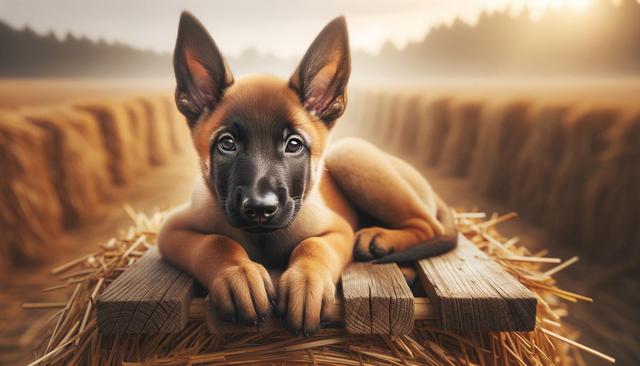
Raising Belgian Malinois Puppies: What Every Owner Should Know
Understanding the Belgian Malinois Breed
Belgian Malinois puppies are part of the herding group and are known for their high energy levels, intelligence, and strong work ethic. Originating from Belgium, these dogs were initially bred for sheep herding, but have since become popular in roles such as police work, search and rescue, and protection services. Their loyalty and quick learning abilities make them a favorite among experienced dog handlers.
This breed is often confused with the German Shepherd due to similar appearances, but Belgian Malinois tend to be lighter and more agile. Their short, straight coat is easy to maintain but does shed seasonally. These dogs are not only physically active but also mentally driven, which means they need regular mental stimulation to stay balanced and happy. Without proper challenges, they may develop undesirable behaviors out of boredom.
Early Socialization and Training
Training Belgian Malinois puppies should start as early as possible. They are incredibly responsive to structured guidance and thrive on routine. Socialization during the first few months of life is critical to ensure they grow into well-adjusted adult dogs. This includes introducing them to a variety of people, environments, and other animals.
Positive reinforcement techniques work well with this breed. Harsh discipline can lead to fear and anxiety, which could result in behavioral issues. Instead, focus on:
- Reward-based training methods
- Consistent commands and expectations
- Short and engaging training sessions
- Frequent social interactions
Obedience classes can also be a great resource, especially for first-time Belgian Malinois owners. These classes help reinforce basic commands and allow for controlled socialization with other dogs and people.
Exercise and Mental Stimulation Needs
Belgian Malinois puppies require substantial physical and mental stimulation. Daily exercise is not optional—it’s essential. This breed is not suited for a sedentary lifestyle and may become destructive if their needs are not met. Regular exercise helps manage their energy levels and supports their overall well-being.
Effective ways to engage a Belgian Malinois include:
- Long walks or jogs
- Agility training
- Interactive toys and puzzles
- Frequent play sessions
- Advanced obedience training
Owners should be prepared to dedicate time each day to both physical activity and mental challenges. These dogs excel in activities that require focus, such as scent work, tracking exercises, and advanced trick training.
Health Considerations and Veterinary Care
Belgian Malinois are generally healthy dogs, but like any breed, they can be prone to certain health conditions. Responsible breeding practices help reduce the risk of inherited disorders. It’s important for owners to establish a relationship with a trusted veterinarian early on to develop a preventive health care plan for their puppy.
Common health issues to be aware of include:
- Hip and elbow dysplasia
- Progressive retinal atrophy
- Epilepsy
- Allergies and skin conditions
Regular check-ups, vaccinations, and a balanced diet tailored to the puppy’s needs are essential. Discuss with your vet about the appropriate type and amount of food for your Malinois, as well as recommendations for joint support supplements or other preventative measures.
Creating a Structured Home Environment
A structured environment is key to raising a confident and well-behaved Belgian Malinois. This includes setting boundaries, maintaining consistency in daily routines, and providing a safe space for your puppy to rest and recharge. Crate training can be a useful tool for housebreaking and giving your puppy a secure place to retreat.
Tips for creating a structured home:
- Establish daily routines for feeding, walks, and play
- Use clear and consistent commands
- Limit access to unsafe or off-limits areas
- Provide safe toys and chews to prevent destructive behavior
Consistency is essential. Mixed messages or inconsistent rules can confuse your puppy and hinder their training progress. Everyone in the household should be involved in the training process and follow the same guidelines to ensure success.
Conclusion: Is a Belgian Malinois Puppy Right for You?
Belgian Malinois puppies are incredible companions for the right owner—someone who understands their needs and is prepared to invest time, energy, and patience into their upbringing. They are not ideal for first-time dog owners or those seeking a low-maintenance pet. However, for individuals or families ready to provide structure, training, and an active lifestyle, the Belgian Malinois can be a deeply rewarding addition to the home.


